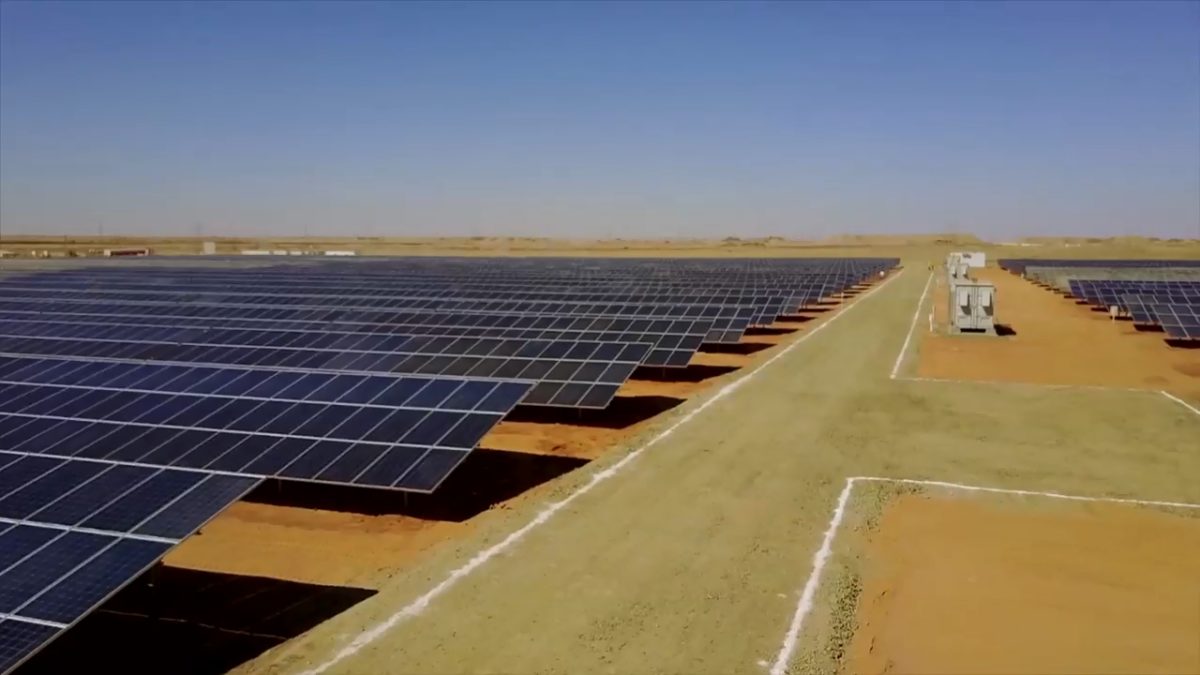Egypt’s feed-in tariff (FIT) scheme was issued in October 2014 and the policy expired on October 27, 2017. In the absence of tariffs for new projects, the government is eager to see solar PV installations via the net metering scheme.
The Egyptian net metering policy was initially approved by the regulator in January 2013, but it failed to produce results. Retail electricity prices were very low compared to current rates, the PV technology was more expensive, the scheme was not flexible, and the FIT policy legislated about two years later attracted the investors’ attention.
Egypt’s net metering policy is not a law and only requires regulatory approval. Egypt’s electricity law allows the electricity regulator to take all necessary actions that it deems necessary to encourage renewable energy development in the country. The regulator has indeed taken very significant policy decisions in 2017 that can change the PV sector.
How Egypt’s net metering works
Specifically, in February 2017, Egypt’s electricity regulator updated the net metering framework allowing, for the first time, payments to be made for the surplus energy generated by the net metered installation. Secondly, in August 2017, the regulator also increased the upper limit of a net metering installation from 500 KW to 20 MW. Electricity customers (e.g. a factory) that are connected directly to the transmission electricity network were also allowed, for the first time, to install net metering systems.
Ahmed Sallam, planning and renewable energy engineer in Egypt’s electricity regulator, explained to pv magazine in greater detail how the net metering scheme works: Whenever a photovoltaic installation generates more power than is needed on the generation site, the owner of the installation can export the electricity surplus to the grid. The settlement is made on a monthly basis and in the case of a surplus, this is considered a credit in the customer’s account and can be used in the following months. If there is still an electricity surplus by the end of the year, “the off-taker (the transmission or the distribution network operator) will buy it at a price equivalent to the avoided cost of producing this amount of energy from state-owned generating fleet,” said Sallam. This cost is calculated annually by the regulator and for the year 2017/2018, is 0.714 Egyptian pounds (this is the local currency; around US$0.040), which represents the avoided cost of generating 1 kwh from Egypt’s electricity fleet. The state-owned fleet comprises mainly conventional power plants, but about one percent of electricity generation comes via wind generators too.
Popular content
Sallam added that net metering is only applicable to solar PV technology and while the upper limit of an installation is 20 MW, an investor can own multiple systems. Also, “according to the law No. 203 of the year 2014, the owner of a renewable energy power plant with a capacity up to 500 KW is exempt from obtaining a license from the regulator. Therefore, net metering plants up to 500 KW also do not need to apply for a net metering license in the regulator. Instead, investors who comply with the regulation rules, need to apply directly to the off-taker and sign a contract with him.”
Fruitful new scheme?
Sallam believes the updated net metering regulations can lead to solar PV installations in the following years.
Firstly, he explains, in the previous years, the off-taker was not paying for the electricity surplus, thus discouraging investors. Secondly, he adds, both the global price drop of the PV technology and the steady increasing of the retail electricity price in Egypt mean we are heading towards the breaking point, where net metering PV investment will be profitable. “The policy of subsidy removal is still effective and the retail price is expected to go higher every year. That is why I think net-metering scheme will achieve a good record on the following few years even compared to the feed-in tariff scheme, in particular for small scale applications, like rooftop PV,” concluded Sallam.
This content is protected by copyright and may not be reused. If you want to cooperate with us and would like to reuse some of our content, please contact: editors@pv-magazine.com.


By submitting this form you agree to pv magazine using your data for the purposes of publishing your comment.
Your personal data will only be disclosed or otherwise transmitted to third parties for the purposes of spam filtering or if this is necessary for technical maintenance of the website. Any other transfer to third parties will not take place unless this is justified on the basis of applicable data protection regulations or if pv magazine is legally obliged to do so.
You may revoke this consent at any time with effect for the future, in which case your personal data will be deleted immediately. Otherwise, your data will be deleted if pv magazine has processed your request or the purpose of data storage is fulfilled.
Further information on data privacy can be found in our Data Protection Policy.